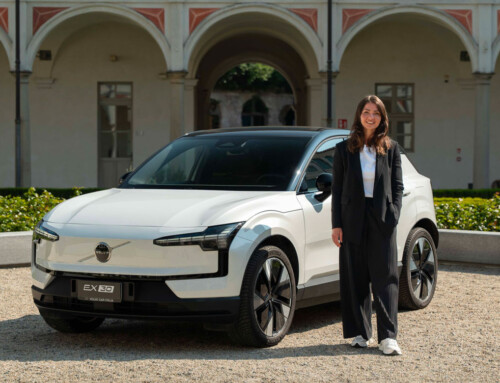Created between the eighteenth and nineteenth centuries, when the city became a place for a pleasant stroll and a landscape open to the citizen, the park bench offered a vantage point from which to admire Nature that was no longer viewed as hostile. The design of the bench is therefore very different from that of a chair, as it is intrinsically linked to urban settings or public parks. In modern times, the concept of sitting down in the city is something to be rediscovered and reinvented not simply in terms of function but also from a cultural perspective, to explore, for example, how people would make use of and feel comfortable with a contemporary bench in a historical city centre.
Starting from this precept, the architect and designer Riccardo Blumer and Renato Stauffacher, an architect and managing director of Alias, describe the project for the Ghisa bench (developed with Matteo Borghi).
Ghisa consists of modular seating elements in lamellar cast iron coated with an outdoor finish. In all there are four modules (two end pieces and two seat elements) which may be arranged in different configurations to create concave or convex curves, with the backrest facing inward or out, snaking sinusoidal waves or simply a straight bench. By using a traditional material reproposed in a contemporary language, Ghisa becomes a flexible outdoor system for public or urban applications or private and residential contexts. With a virtually infinite number of configurations possible, it adapts to any situation: surrounding trees like a fence, snaking across lawns and gardens, flowing in curves between lampposts and fountains or just as a simple bench or single seat.
The skeletal structure – with a spine and ribs – behaves like a trellis beam capable of forming very large spans. This reduces the number of contact points necessary on the ground, thus making the system adaptable to uneven surfaces.
The entire project began with a study into cast iron – man’s original fusion of iron and base material, and a metal with an almost primordial quality, cast in this case using sand moulds which permit the creation of otherwise impossible shapes. “During our studies”, says Blumer, “we were looking into how to replace the male and female mould system, which does not permit the casting of complex forms, and we were working with inflatable moulds to meet this need in an industrial application”. Then, after a visit to a foundry in the Marche region, Blumer discovered the “sand core”, used to create an internal shape for the mould which, once the latter is broken open, can be removed from the casting without having to separate its male and female halves.
The article continues in Auto & Design no. 175










